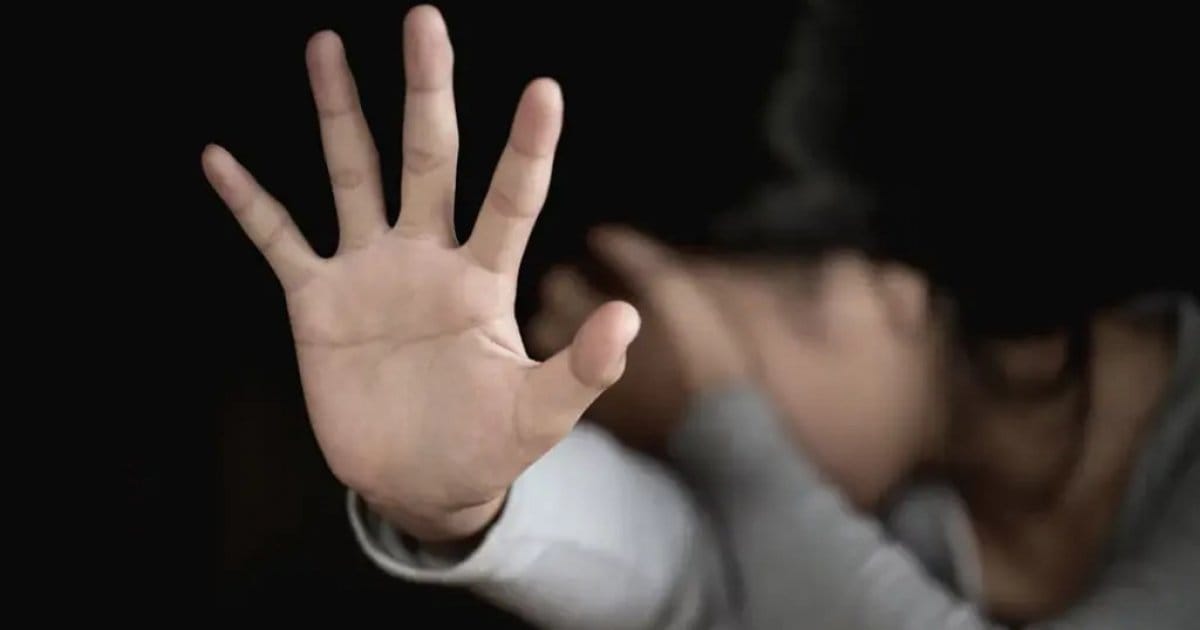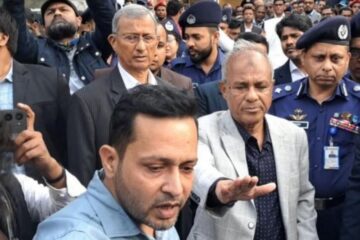A new national survey has revealed a disturbing trend: married adolescent girls aged 15 to 19 are enduring the highest rates of intimate partner violence (IPV) in Bangladesh, accounting for 62% of all IPV survivors in the past 12 months.
The findings, published in the Violence Against Women (VAW) Survey 2024 in Bangladesh—jointly conducted by the Bangladesh Bureau of Statistics (BBS) and the United Nations Population Fund (UNFPA)—were released at a programme held at the Carnival Hall of the Bangabandhu International Conference Center (BICC) in Dhaka on Monday. The report paints a bleak picture of widespread domestic abuse rooted in child marriage and gender inequality that remain deeply entrenched across the country.
“These figures reveal how deeply normalized violence against young brides has become. It’s not a private issue; it’s a national crisis,” said Minakhi Biswas, project director of the Integrating Geospatial Information with Gender and Vital Statistics Project at BBS.
According to the survey, more than half (50.8%) of ever-married women in Bangladesh have experienced some form of physical, sexual, or psychological abuse by their husbands. The rates are disproportionately higher among adolescent wives—many of whom are married before the age of 18, often without education or economic independence.
A 17-year-old survivor from Kurigram told the survey team: “I was married off at 16. My husband lost his job, and the beatings started soon after. I couldn’t go home. My parents said I had to adjust.”
Researchers noted that such stories are not isolated. They reflect a systemic pattern where patriarchal control, financial dependency, and early marriage converge to silence adolescent girls.
The report highlights a strong link between economic hardship and domestic violence. Women from poorer households were found to be twice as likely to face repeated IPV compared to those in wealthier families.
Experts explained that financial insecurity often triggers aggression, while entrenched social norms leave women powerless to resist or seek help.
Speaking on the issue, Shabnam Mustari, additional secretary of the Child and Coordination Wing and Director General of the Directorate of DNA Laboratory Management under the Ministry of Women and Children Affairs, said: “In my opinion, these girls are married at a very young age, leading to unequal and risky relationships, less bargaining power, limited education, and economic dependency—all of which undermine their rights and increase their exposure to violence. In addition, controlling behavior by husbands further raises this risk.”
One of the report’s most alarming findings is the geographical concentration of violence in disaster-prone coastal districts such as Khulna, Barisal, and Satkhira, where 74% of women reported experiencing IPV.
The data establishes a direct connection between climate vulnerability and domestic violence. When households lose livelihoods due to cyclones or flooding, social stress and displacement often result in violent behavior toward women.
“Climate shocks exacerbate household tensions. When men lose work or resources, women often become the first targets of frustration,” said a UNFPA field researcher based in Barisal.
The report urges policymakers to treat gender-based violence prevention as an essential component of climate adaptation strategies, particularly in coastal and disaster-affected regions.
Commenting on the findings, Dr M Shahidul Islam, chief of the Demographic Data and Intelligence Unit at UNFPA Bangladesh, confirmed that younger women—particularly adolescent girls aged 15–19—are at the highest risk of experiencing violence. The risk decreases steadily with age, demonstrating a strong protective effect of maturity and experience. This age gradient aligns with global patterns observed in studies such as the WHO Multi-country Study on Women’s Health. Research indicates that younger women are more vulnerable because they have limited experience in conflict resolution, lower autonomy, fewer economic and social resources, and often face power imbalances in relationships. As women age, they typically gain greater negotiation skills, social standing, and economic stability, which reduces their exposure to violence.
The program was attended by BBS Demography and Health Wing Director Md Emdadul Haque and BBS Project Director Minakhi Biswas, who jointly presented the Violence Against Women (VAW) Survey 2024 report.
Other attendees included Dr Dipankar Roy, joint secretary of the Statistics and Informatics Division; Shireen Pervin Huq, chairperson of the Women Affairs Reform Commission and founder member of Naripokkho; Dr Shoeb Reaz Alam (BPM), deputy inspector general of the Special Security and Protection Battalion (SPBn); Dr Sanzida Akhter, professor at the Department of Women and Gender Studies, University of Dhaka; Additional Secretary of the Ministry of Women and Children Affairs Shabnam Mustari; UNFPA Bangladesh Country Representative Catherine Breen Kamkong; Secretary of the Statistics and Informatics Division under the Ministry of Planning Aleya Akter; Dr Quayyum Ara Begum, member (Secretary) of the Socio-Economic Infrastructure Division, Bangladesh Planning Commission; and Additional Secretary of BBS Mohammed Mizanur Rahman.



